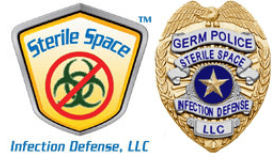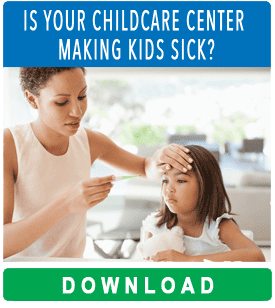Methicillin-resistant Staphylococcus aureus, or MRSA, is a staph infection that’s become resistant to antibiotics. There are two main types of MRSA: Healthcare Associated MRSA (HA-MRSA), and Community Associated MRSA (CA-MRSA). While anyone can contract MRSA, some populations are more vulnerable than others, and certain populations might be more likely to contract one kind of MRSA over another.
Who Gets HA-MRSA?
Healthcare-Associated MRSA is more likely to lead to life-threatening complications such as urinary tract infections, sepsis (blood infections), and infections affecting the heart valve or lungs. You may be more likely to contract HA-MRSA if:
- You had a recent hospitalization or had surgery within the past 3 months. Hospitalized patients usually have weakened immune systems, and MRSA lurks in healthcare settings like hospitals. Patients who had a procedure like intubation are more likely to contract HA-MRSA than those who didn’t. Additionally, certain surgeries like artificial limb placement are more likely to result in MRSA infection.
- You live in a nursing home. Nursing home patients are more likely to contract MRSA because of a weakened immune system.
- You regularly receive hemodialysis. Dialysis centers offer life-saving services, but they also are a breeding ground for MRSA. HA-MRSA may enter your body during routine dialysis treatments.
HA-MRSA is serious and requires immediate medical treatment. Talk to your doctor if any of these risk factors apply and you notice symptoms such as
- Headache
- Rash
- Muscle ache
- Fatigue
- Shortness of breath
- Chest pain
- Cough
CA-MRSA
While MRSA is more common in healthcare settings, it can also affect the wider community at large. This type of MRSA, Community Associated MRSA, most likely will result in a skin infection. Skin CA-MRSA can quickly turn into a painful abscess that requires surgical draining and treatment. Certain individuals are at higher risk for CA-MRSA, including:
- CA-MRSA spreads through skin-to-skin contact, especially where the skin is broken and places with more body hair, such as the back of the neck and the underarm area. Wrestlers are at higher risk for all these reasons.
- Childcare workers and campus workers. Disease tends to spread where children and young adults congregate, and MRSA is no exception. Overly-populated conditions may be partially to blame.
- People who share gym equipment. Remember, MRSA spreads through skin to skin contact, and more easily through broken skin (or even something as small as a hair follicle). If you use shared gym equipment, remember to wipe down the equipment before and after use, wash your hands thoroughly, and cover any areas of broken or damaged skin.
- Prison employees. The crowded conditions in a prison create the perfect environment for MRSA to spread.
Since CA-MRSA affects the skin, the only symptoms you may notice at the beginning are boils that feel warm to the touch. However, you may also notice fatigue, fever, or malaise.
Both HA-MRSA and CA-MRSA are serious infections that merit immediate medical intervention and care. If you belong to one of these preceding risk groups, you may be more likely to contract the infection. Keep an eye out for symptoms of MRSA and contact your healthcare provider if you have any questions or concerns.
Additional Resources:
https://www.webmd.com/skin-problems-and-treatments/features/5-mrsa-hot-spots#1
https://www.staph-infection-resources.com/info/how-do-you-catch-mrsa/
https://www.shape.com/lifestyle/mind-and-body/tips-avoid-mrsa-infections-superbug-hotspots
https://www.cdc.gov/niosh/topics/mrsa/
http://www.nj.gov/health/cd/documents/faq/mrsa_faq.pdf




